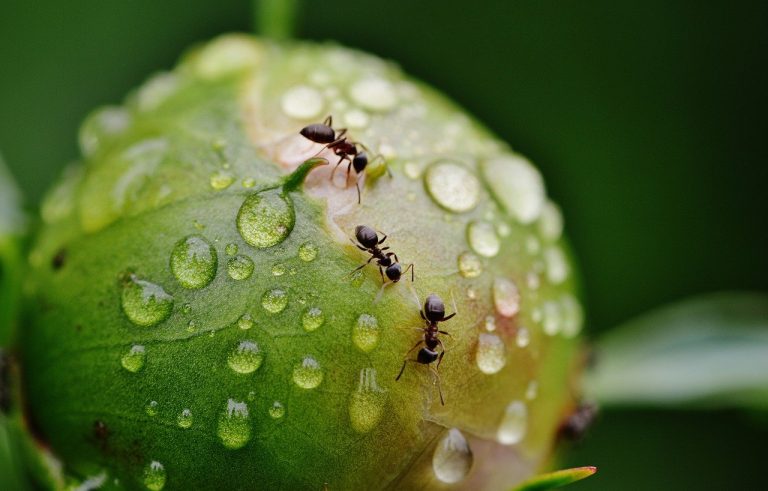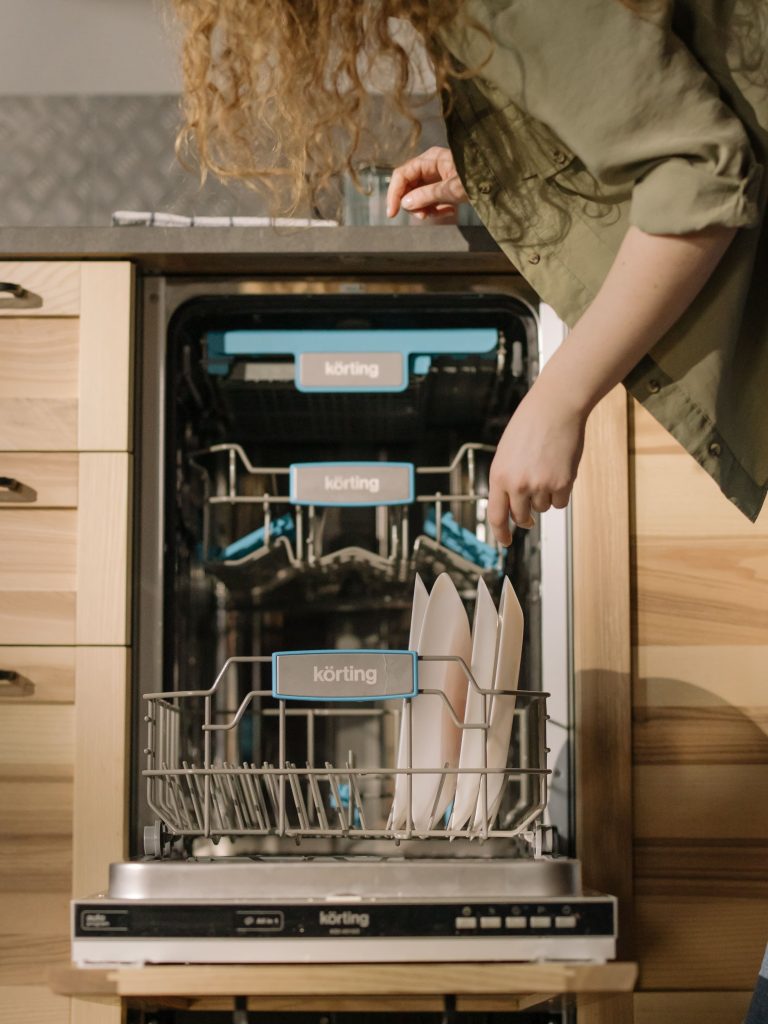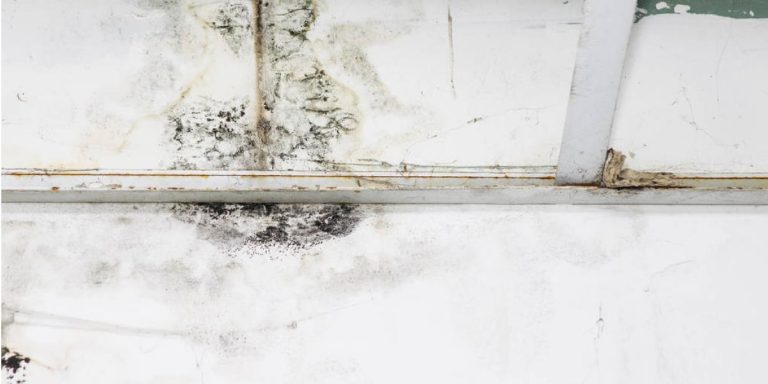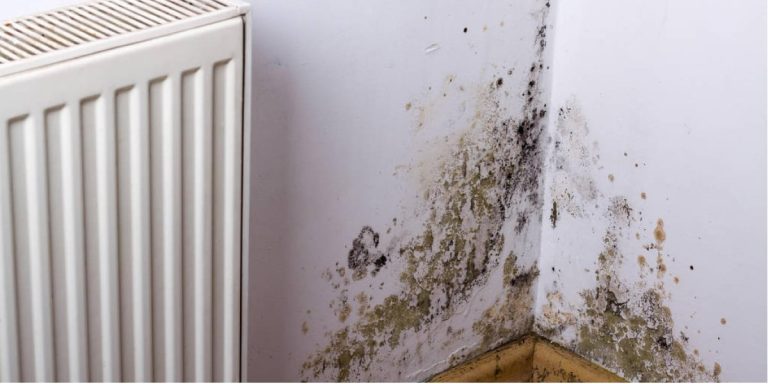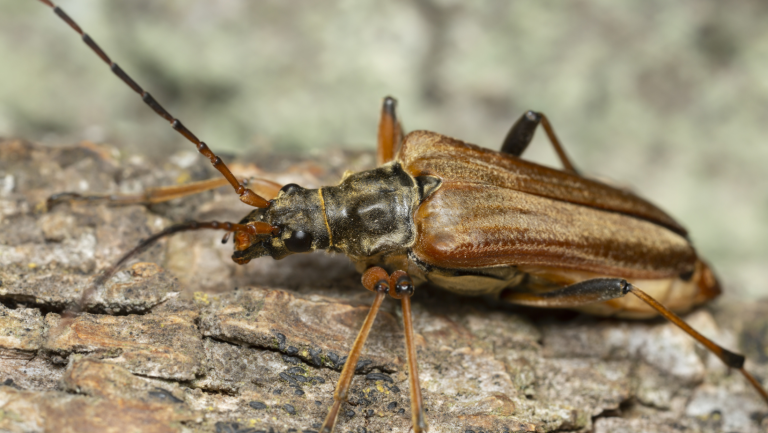How to Get Rid of Water Bugs Naturally
Waterbugs can be very dangerous and cause serious health problems for humans. Like Cockroaches, they are difficult to eliminate but we will be acquainted with how to eliminate them naturally. The giant waterbug is the largest true bug found in the US and Canada. With its flat oval-shaped body and brown color, it’s definitely easy to confuse it with a cockroach or beetle. Waterbug is a dangerous predator that feeds on aquatic insects, tadpoles, and small fish.
It is also called “electric light bug” because it loves light and you can find it in parking lots or under the porch lights. It should be avoided when you come across it because it has a painful bite. Although its venom is not dangerous it could be painful and cause allergic reactions in some people. So many people mistake cockroaches for waterbugs but you will be enlightened to know their differences and features, though their types of cockroaches and roaches are commonly referred to as waterbugs in some parts of the country.
Difference between Cockroach and Waterbug
There are many types of cockroaches and roaches commonly referred to as waterbugs in the US, but true waterbugs are entirely different from cockroaches and don’t infest homes as commonly. Waterbugs can bite and it’s painful, that’s how they kill and feed on their prey. Their bite is not a true bite because they inject the venom through their legs. If you touch or handle them, they could see it as a threat and bite you.
A waterbug is generally larger than a cockroach. Another difference is in antenna, waterbugs don’t have an antenna, which is typically long in cockroaches. Both of them can fly because the most type of the two species has wings. However, the oriental cockroach, which is commonly confused with a waterbug can’t fly. So anytime you see a cockroach that can’t fly, you can be sure it’s not a waterbug.
Eating Habit
The main difference in terms of eating habits is that cockroaches are scavengers while waterbugs are hunters. Cockroaches eat everything they can find. They crawl around everywhere, especially in garbage bins, to find food.
Waterbugs subdue their prey using their infamous venomous bites. The venom is an enzyme that turns the prey into liquid, which the waterbugs suck out. So you have known that the eating habits of cockroaches and waterbugs are different.
Are Black Waterbugs dangerous?
True waterbugs are typically tan and brown. So, if you see a black waterbug it’s most likely an oriental cockroach. It’s the same size as other cockroaches but has a bit rounder body with a shiny black coloring. Although it has wings, in the male species, it covers almost its whole body and can’t fly.

Black waterbugs aren’t dangerous to human beings because they often feed on the garbage and decaying organic matter, especially starchy foods. However, it doesn’t mean that they can’t spread diseases. Like other cockroaches, black waterbugs can spread human diseases and parasites, and cause salmonella, allergies, and asthma. If they touch food sources, they can contaminate them and cause food poisoning.
Can Waterbugs bite?
True waterbugs can bite and it’s infamously painful. That’s how they kill and feed on their prey. But it’s not a true bite as we know it because they inject the venom through their legs. If you touch or handle them, they may bite you in defense. Black waterbugs which are oriental cockroaches are also capable of biting, although they rarely do. However, the bite isn’t dangerous and only produces a red welt.
Habitat
True waterbugs get their name because it loves water and spends most of its life in aquatic habitats, which is the source of confusion between waterbugs and other cockroach species. Why most people call another type of cockroaches waterbug is because they live and thrive in moist areas.
Although some species of cockroach can live in water, they prefer to live on land and feed on decaying organic matter. On the other hand, waterbugs can breathe underwater for a long time and find their prey in water. That’s also the reason you don’t see waterbugs in your home, they don’t infest your home, they don’t try to be in our homes because they want to be in the water. If actually, you see water bugs in your home, simply know that it may have lost its way.
Getting rid of Waterbugs Naturally
To get rid of waterbugs in the house naturally, don’t create a place for them, this is the most important thing you will do. Always remember that these insects love moisture and can’t live in a dry environment, that is why the true waterbug doesn’t typically infest homes as it can’t live outside water. Originally infesting a home is not its main goal since the home is not its habitat.
But if you eventually see them, you can eliminate them naturally in several ways. You must be very careful not to touch the waterbugs with your hands because they can bite you.
Tips on how to keep water bugs away from your home naturally
- Their favorite places like bathrooms or under the sink should be kept clean, dry and well ventilated.
- Remove any decaying leaves or moist soil because they like to reside in these places.
- Fix any leaks in plumbing and cracks in walls because that is where they get into the house.
- Don’t keep garbage cans in moist places.
- Keep drain traps full or capped.
- Starve the waterbugs by keeping your house clean every time.
Natural Waterbug Repellents
There are natural waterbug repellents and effective home remedies you can apply to keep waterbugs away and prevent them from breeding. If the infestation level is high, then you have to be courageous and call a professional to eliminate waterbugs.
Baking Soda: This is a classic natural bug repellent that is safe while being around the house. You can attract the waterbugs to the baking soda by mixing it with a little sugar. Put in a dish and place it in its favorite spot to go to. When the waterbug eats the baking soda, deadly reactions will be caused inside its stomach and the baking soda will kill the waterbug. Then you need to clean up the dead waterbugs and make sure nothing remains there.
Boric acid: This is an effective way to eliminate waterbugs because it gets into their digestive system and kills them. You can use it like baking soda mixed with sugar or just sprinkle it under the cabinets and other infested areas. Kindly note that it’s not fatal to human beings but keep it away from children.
Coffee Grounds: This sounds ridiculous and funny. It may be surprising to know that used coffee grounds can serve as natural waterbug repellents. That’s because coffee grounds contain natural acids that repel bugs. You can sprinkle these coffee grounds around your home near their entry points to keep them away.
Cinnamon: The strong scent of cinnamon is also an effective way to keep waterbugs at bay. Sprinkle the fresh cinnamon powder in the kitchen slabs and cabinets to lure them away. You can also use cinnamon oil to have a more intense aroma and avoid the mess that comes with the powder. You should rub it on the places where you feel they may be living and breeding.
Neem Leaves: These are age-old remedies that repel many kinds of insects. It works wonders in keeping waterbugs away. You could use whole neem leaves or a mixture of neem oil and jot water. Spray it on the surfaces to keep the creepy insects at bay.
Garlic: Garlic releases a pungent smell that helps to repel a lot of insects, including waterbugs. Crush several cloves of garlic and put them in different areas they could likely enter, that is their places of entry or infected places. The strong smell can quickly and effectively drive them out of your home but it hasn’t been scientifically proven that garlic can kill waterbugs.
Diatomaceous Earth: Diatomaceous Earth is made from fossilized diatoms. You will need the food-grade powder, not the pool-grade version. Food grade diatomaceous earth is safe to use around pets and humans. You can use good grade diatomaceous earth as boric acid by mixing the powder with something sweet like sugar. Diatomaceous Earth doesn’t have an immediate killing effect on pets like waterbugs. The powder will gradually kill the exposed bugs by damaging the protective layer of the bugs’ bodies, which makes them dehydrate. After the first application of Diatomaceous Earth, try as much as possible to re-apply it for proper effectiveness, if you don’t re-apply it, then it could be ineffective.
Gel Bait, a powerful weapon against Waterbugs
Baits are your secret weapon against waterbugs because they are insecticides that are hidden in a formula that the waterbugs Just can’t wait to sink their teeth into. You apply bait by spreading the gel near cracks and holes where waterbugs might be hiding. For less of a mess, you can use bait stations, which hold the bait inside a compartment that you can discard after it’s worn off.
What makes bait so better than simple sprays or traps is that it spreads the pesticide throughout the colony, from bug to bug. A waterbug doesn’t die immediately after it’s eaten the bait; usually, it dies later, after its return to the nest. As the other waterbugs feed on the dead insects, they eat the pesticide too, even if only one or two waterbugs eat the bait, it can kill a dozen or more as its effect spread.
How you can further Prevent Waterbugs?
Baits, sprays, and traps have their functions, but how to keep waterbugs away is entirely different, we need to make the environment uncomfortable for them, so they can keep off. Waterbug prevention only takes a few simple changes.
Ways we could keep Waterbugs away
Waterbugs hate dry environments. Their ideal home is a dark, damp, and hidden environment with a lot of water in the vicinity. Don’t give it to them, chances are they will look for another place to stay. You can prevent them with the steps below:
- Prevent Standing Water under gutters and pipes
Fix leaks eliminate damp areas and repair any area where water collects before water bugs find out. These waterbugs are comfortable wherever they see water, you should try by every means to eliminate damp areas in order for these waterbugs not to live and infest there.
- Improve ventilation in storage rooms
Humidity and dampness are just what waterbugs are looking for in a place to lay their eggs. Don’t create the environment for them to lay their eggs because it will be detrimental to you and your household. Try to eliminate all forms of dampness and humidity.
- Clean the dishes and change the garbage frequently
You are encouraging and making it easy for waterbugs to eat if you leave dirty dishes out overnight. You should starve them to death, wash your dishes so they will not see the food to eat when there is no food to eat, and then leave the environment because it is not conducive for them.
- Seal up entry points
Pay rapt attention to ways waterbugs may be entering your home. You should inspect exterior walls and your home foundation, looking for holes, cracks, and crevices that could be allowing waterbugs in. Inspect windows and doors for gaps that waterbugs could crawl through. The gaps underneath doors and windows can be blocked with weather-stripping. Make sure to also check spaces behind large appliances, such as the fridge and washing machine.
- Make your house spotlessly clean
Don’t give any reason for the waterbugs to enter your home. Clear away all open food from the kitchen and living room. Store any food you want to keep in air-tight containers to prevent the odor from spreading outside. Make sure you clear out the garbage on a regular basis, this also includes the garbage stack outside. Ideally, you should have a tall kitchen bin that has a tightly sealed lid. The waterbugs will head elsewhere if they realize there is no food in the house.


